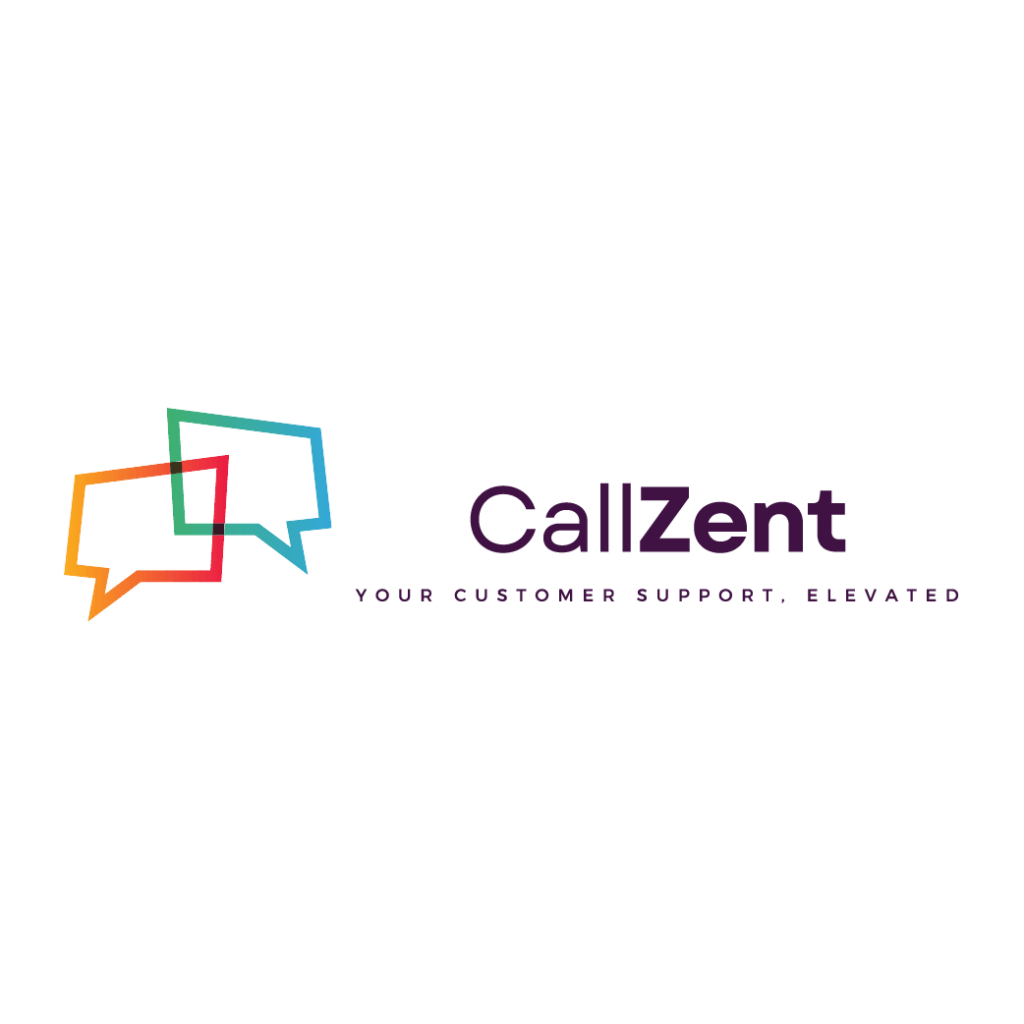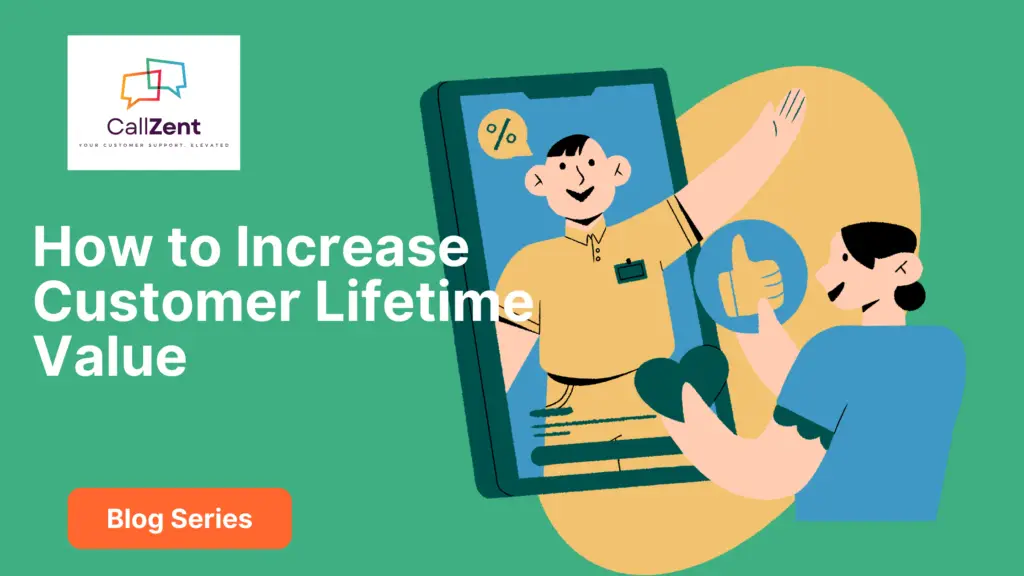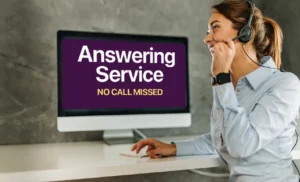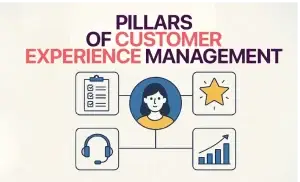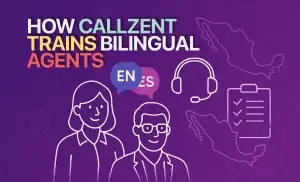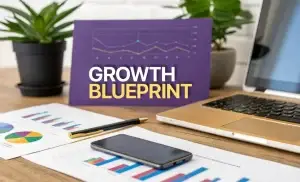Why You Must Increase Customer Lifetime Value for Long-Term Growth
Customer Lifetime Value (CLV) has become one of the most critical metrics for achieving sustainable success. While many companies concentrate on customer acquisition, research shows that increasing customer retention by just 5% can boost profits by 25% to 95% (Bain & Company). In this guide, we’ll show you how to increase customer lifetime value through proven strategies that drive engagement and repeat business. By focusing on customer satisfaction and long-term relationships, you can significantly increase customer lifetime value and build a more profitable, loyal customer base.
CLV represents the total revenue you can expect from a single customer throughout their relationship with your business. Unlike one-time transactions, CLV emphasizes the value of long-term relationships—which are far more profitable. Businesses that focus on strategies to increase customer lifetime value benefit from:
- Higher profitability per customer
- Lower customer acquisition costs
- Increased customer loyalty and referrals
- More predictable revenue streams
This comprehensive guide reveals 12 proven strategies to increase customer lifetime value by delivering superior experiences, enhancing retention, and building lasting customer relationships.
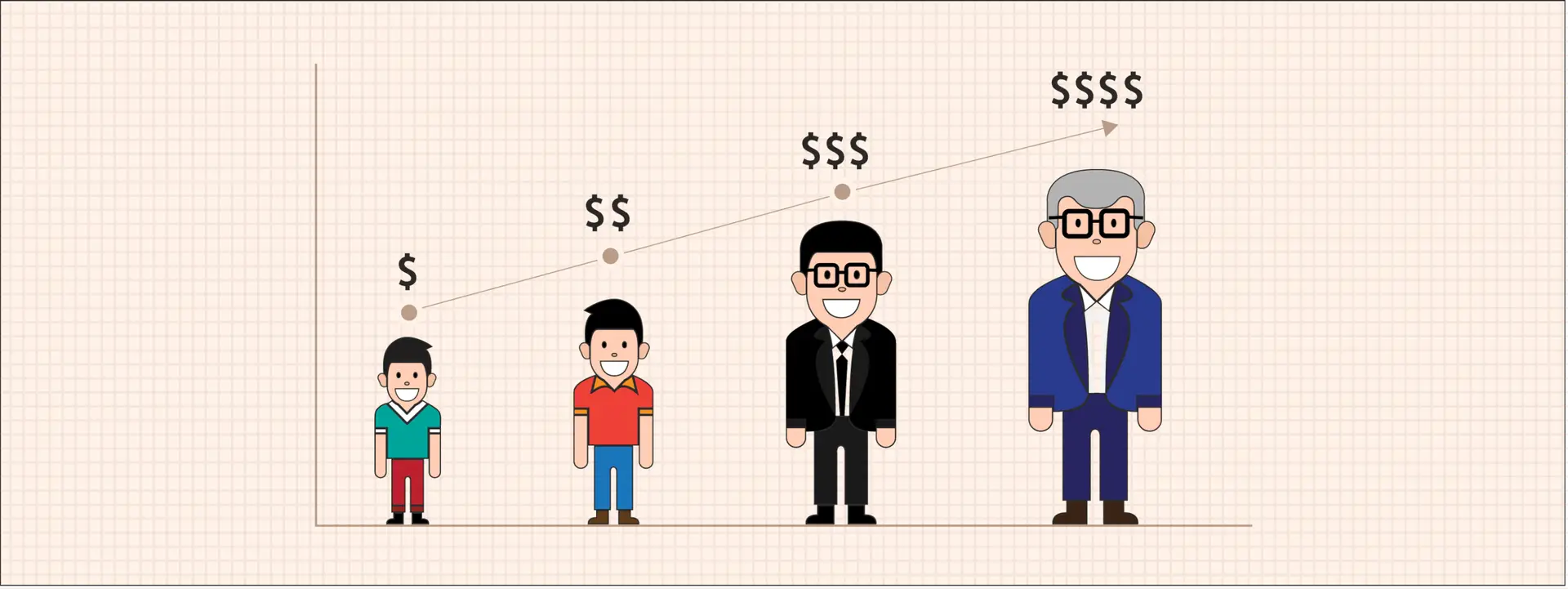
1. Deliver Exceptional Customer Service That Builds Loyalty
Why it matters: Customers who rate your service as “excellent” are 6x more likely to repurchase than those who rate it “good” (HubSpot).
Advanced Implementation:
-
Implement omnichannel support: 90% of customers expect consistent interactions across phone, email, chat, and social media (Zendesk). This consistency helps increase customer lifetime value.
-
Develop service level agreements (SLAs): Set and meet clear standards (e.g., 30-second call answer times, 2-hour email responses). Reliable service like this can increase customer lifetime value.
-
Create customer service playbooks: Document best practices for common scenarios while allowing personalization.
-
Empower frontline staff: Give agents authority to resolve issues up to $200 without escalation.
Case Study: Zappos increased CLV by 300% through their legendary service, including surprise upgrades and 365-day return policies.
2. Build a Multi-Tiered Loyalty Program That Drives Repeat Purchases
Why it works: Members of loyalty programs generate 12-18% more revenue annually than non-members (Bond Brand Loyalty).
Advanced Framework:
| Tier | Requirements | Key Benefits | CLV Increase |
|---|---|---|---|
| Bronze | 1+ purchase | 5% discounts, birthday offers | 15-25% |
| Silver | $500+ annual spend | 10% discounts, free shipping | 30-50% |
| Gold | $2,000+ annual spend | 15% discounts, personal shopper | 70-95% |
Proven Tactics:
- Dynamic rewards: Adjust point values based on inventory needs
- “Dark rewards”: Hidden benefits unlocked after specific behaviors
- Community tiers: Reward social media engagement and referrals
Example: Sephora’s Beauty Insider program drives 80% of total revenue from members.
3. Implement Hyper-Personalized Experiences
The impact: Personalized experiences deliver 5-8x ROI on marketing spend (McKinsey).
To increase customer lifetime value, hyper-personalization is a game-changer. It transforms standard interactions into meaningful touchpoints tailored to individual behaviors and preferences. As one of the most effective strategies to increase customer lifetime value, personalization helps brands foster deeper connections and long-term loyalty. Among the many ways to increase customer lifetime value, delivering relevant, timely, and personalized experiences stands out as a powerful driver of retention and revenue growth.
Implementation Blueprint:
- Data Collection Layer:
- Purchase history
- Browsing behavior
- Customer service interactions
- Survey responses
- Segmentation Engine:
- RFM (Recency, Frequency, Monetary) analysis
- Predictive spend modeling
- Lifecycle stage tracking
- Execution Layer:
- Dynamic website content
- Behavior-triggered emails
- Customized product recommendations
Netflix’s personalized recommendation engine saves over $1 billion annually in reduced churn. This demonstrates how personalization directly drives customer lifetime value increase through stronger retention efforts. It’s a prime example of how strategic personalization can significantly increase lifetime value of a customer by keeping them engaged and satisfied.
4. Develop Predictive Engagement Strategies
Why it matters: Companies using predictive analytics see 73% higher customer satisfaction (Salesforce).
Proactive Tactics:
- Replenishment reminders for consumable products
- Usage-based support outreach
- Lifecycle marketing automation
- Next-best-action systems for service agents
Implementation Tip: Start with your highest-value customer segments before scaling.
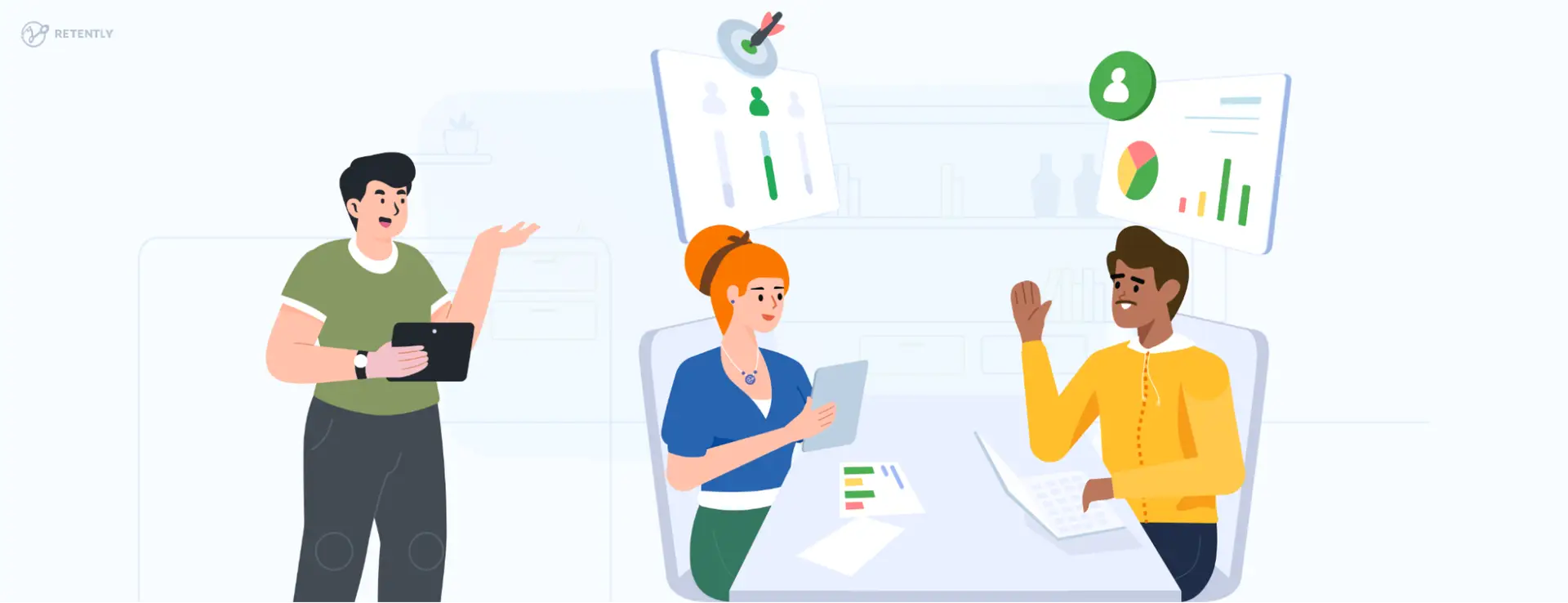
5. Launch Targeted Win-Back Campaigns
The opportunity: Reactivating lapsed customers is 5-20x more efficient than new acquisition.
Campaign Structure:
- Segment by:
- Reason for churn (if known)
- Historical value
- Days since last engagement
- Incentivize with:
- 25-30% discount on first return purchase
- Free shipping or bonus item
- Emotional “We miss you” messaging
- Measure reactivation rates by cohort
Benchmark: Top performers achieve 25-40% win-back success.
6. Implement Subscription or Membership Models
The advantage: Subscription businesses grow 5-8x faster than traditional models (Zuora).
Successful Formats:
- Replenishment (Dollar Shave Club)
- Access (Amazon Prime)
- Hybrid (Stitch Fix)
Key Considerations:
- Offer multiple billing frequencies
- Provide clear value beyond discounts
- Include “pause” functionality for flexibility
7. Optimize Employee Training for CLV Impact
The connection: Frontline staff influence 40-60% of CLV through customer interactions.
Training Program Components:
- Product mastery: Deep knowledge of entire catalog
- Emotional intelligence: Active listening techniques
- Commercial skills: Natural upselling approaches
- Conflict resolution: De-escalation methodologies
Measurement: Track correlation between CSAT scores and employee tenure.
8. Implement Customer Health Scoring
The benefit: Identify at-risk customers before they churn.
Sample Health Score Formula:
(Recency Score + Frequency Score + Monetary Value) + (Positive Service Interactions × 0.5) - (Complaints × 2) = Customer Health Score (0-100)
Application Guidelines:
- 90-100: VIP treatment path
- 70-89: Retention focus
- Below 70: Win-back campaign candidates
9. Build Brand Communities
The impact: Brand communities increase CLV by 30-50% (Harvard Business Review).
Implementation Ideas:
- User groups: Harley-Davidson H.O.G. chapters
- Expert forums: Sephora Beauty Talk
- Local events: REI outdoor classes
- User-generated content: GoPro customer videos

10. Deploy Surprise and Delight Tactics
The psychology: Unexpected positive experiences create emotional loyalty.
Execution Examples:
- Handwritten thank-you notes
- Free product upgrades
- Anniversary gifts
- Charity donations in customer’s name
ROI: Companies using surprise tactics see 25% higher retention rates.
Your CLV Growth Roadmap
Implementing these strategies creates a virtuous cycle:
- Better experiences → 2. Higher retention → 3. Increased CLV → 4. More budget for CX improvements → Repeat
Your 90-Day Action Plan:
- Start small: Implement 2-3 high-impact strategies
- Measure: Track CLV by segment quarterly
- Optimize: Continuously refine based on data
Need expert guidance? CallZent specializes in designing customized CLV growth programs.
